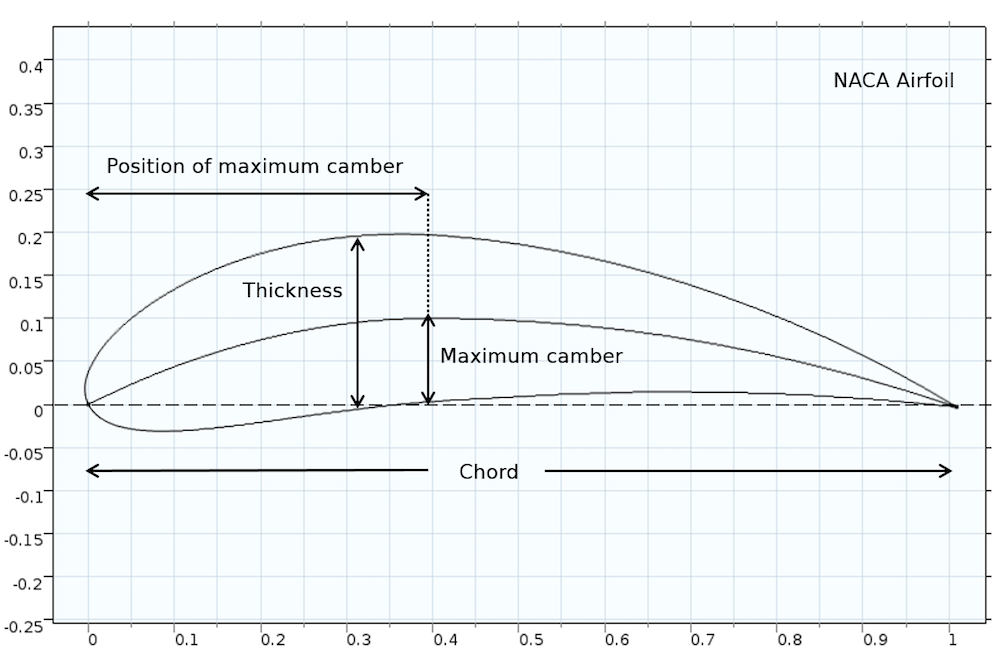

Fossil-fuel-based power generation systems have been the main technologies for electricity generation. Development of renewable energy resources in the region has been very low compared to other developed regions in the world. In sub-Saharan Africa for example, it is estimated that over 600 million people do not have access to electricity. In many developing countries, access to sustainable energy is a challenge despite abundant renewable energy resources. Preliminary wind turbine rotor analysis also showed that the EYO7-8, EYO8-8, and EYO9-8 rotors had maximum power coefficients of 0.371, 0.366, and 0.358, respectively. Analysis of the results showed that the performance improvement of the EYO-Series airfoils is as a result of the design optimization that employed an optimal thickness-to-camber ratio ( ) in the range of 0.85–1.50. Together, the new airfoils compared favourably with other existing low Re airfoils and are suitable for the design of small wind turbine blades. The stall angles were 12° for EYO7-8, 14° for EYO8-8, and 15° for EYO9-8. At, EYO7-8, EYO8-8, and EYO9-8 had maximum lift-to-drag ratios of 134, 131, and 127, respectively, and maximum lift coefficients of 1.77, 1.81, and 1.81, respectively. The aerodynamic performance parameters of the airfoils tested were lift, drag, lift-to-drag ratio, and stall angle. The airfoils were subsequently used in conjunction with Blade Element Momentum Theory to develop and test 3-bladed 6 m diameter wind turbine rotors. In this research, XFOIL was used to develop and test three high performance airfoils (EYO7-8, EYO8-8, and EYO9-8) for small wind turbine application.


However, due to their exposure to low Reynolds number (Re) flow conditions and associated problems, specific airfoils are required for the design of their blades. Small wind turbine power generation systems have the potential to meet the electricity demand of the residential sector in developing countries.


 0 kommentar(er)
0 kommentar(er)
